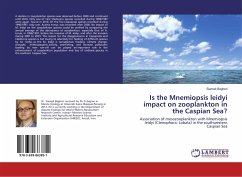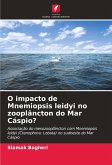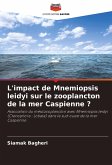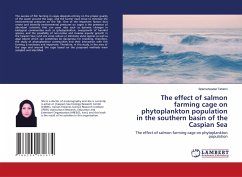A decline in zooplankton species was observed before 2000 and continued until 2010. Only one of nine Cladocera species recorded during 1996/1997 were again, found in 2010. Of the five Copepoda species recorded during 1996/1997, only one, Acartia tonsa, was recorded after 2000. No impact of M. leidyi on the zooplankton species could be verified by comparing the annual average of the abundance of zooplankton, especially that of A. tonsa, in 1996/1997, before the invasion of M. leidyi, and after the invasion during 2001 to 2010. The reason for the disappearance in Copepoda and Cladocera species is not owing to selectivity for feeding of different species by M. leidyi, as the M. leidyi is nonselective feeding. Climate change, drought, anthropogenic activity, overfishing, and increase pollutants loading by river run-off can be played an important role in the enhancement of zooplankton population and loss of endemic species in the southern Caspian Sea.
Bitte wählen Sie Ihr Anliegen aus.
Rechnungen
Retourenschein anfordern
Bestellstatus
Storno








